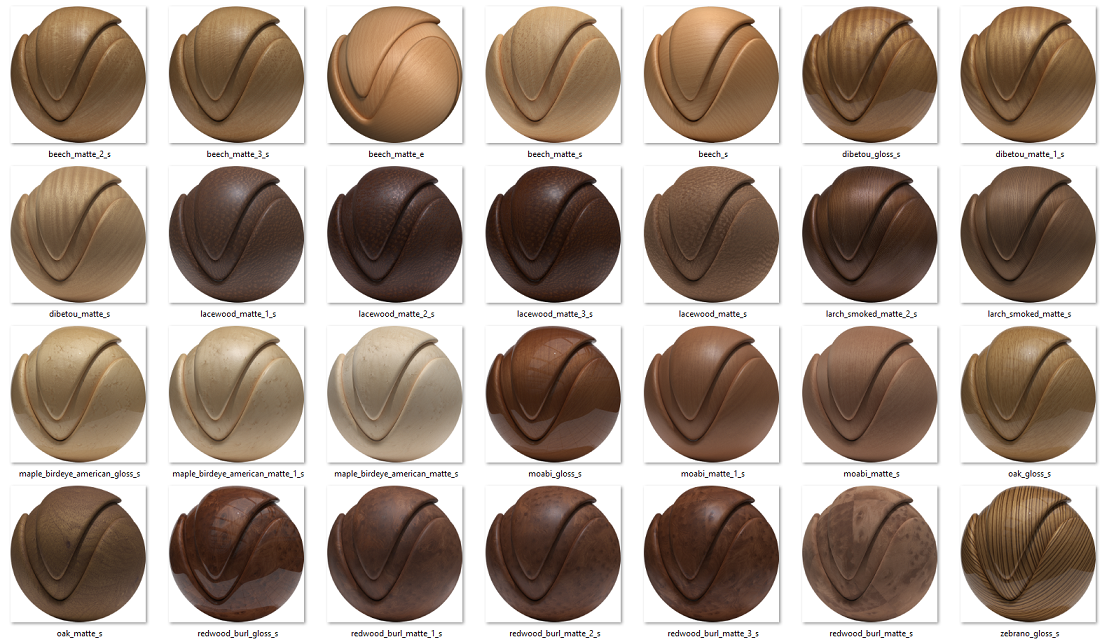

The easiest option (with quality) of applying VRay materials is to use presets. vrmat file” button at the lower left of the tab. In fact, you can save such custom material by right clicking on your selection and choosing “save as” and you can load it later on by “Import. This allows you to modify some values or to apply a different map or texture - a customization. In an advanced level of setup, you can access a few more options by clicking on the right arrow button which you can find on the right side of the VRay materials window. For “Paint”, you are able to set the “Diffuse Color”, “Reflection”, “Reflection Glossiness”, “IOR”, “Max Depth”, and “Bump” while for “Car Paint”, you can adjust the “Base Color”, “Base Glossiness”, “Flake Color”, “Flake Density”, “Flake Scale”, “Flake Size”, “Coat Color”, “Coat Glossiness”, “Coat Strength”, and “Bump”. The settings differentiate purposely for every material type. Adjacent to the “Material List” is the “Quick Settings” tab, where you can change some properties of your selected material, in which you can initially set it whether “Generic”, “Paint”, “Plastic”, “Metal”, “Glass”, “Liquid”, “Gem”, “Car Paint”, “Emissive”, and “Subsurface Scattering”. This serves as a guide as you go through the settings. On the upper portion, the material can be viewed as it can be seen when rendered. By right clicking on a selection, you can edit each of them depending on your preference. You can find your existing materials applied in the model at the bottom - the “Material List” tab. In the VRay for Sketchup toolbar, the VRay icon leads you to the materials window.


 0 kommentar(er)
0 kommentar(er)
